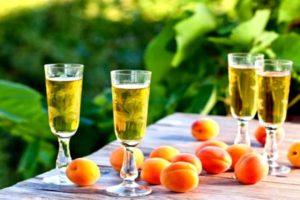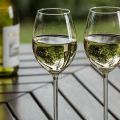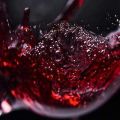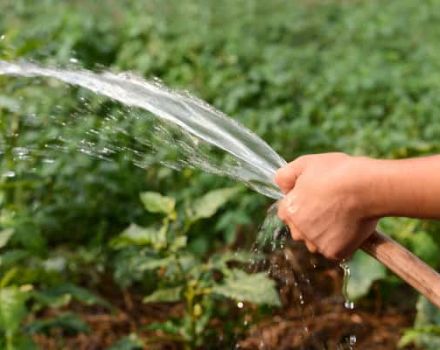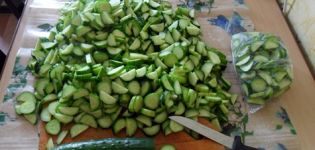Rules and conditions for storing homemade wine, choice of containers and temperatures
Wine is a perishable product, but under the right conditions, while maintaining its tightness, its quality improves. When stored for a long time in homemade wine, chemical processes occur with the participation of sugar, phenols and acids. They enhance the taste, aroma and organoleptic qualities of the product. But such positive changes are impossible if the rules for storing the noble drink are not followed.
What lies behind the term aging potential of wine?
This term refers to the conditional degree of improvement in the quality of alcohol over time. Not every alcoholic beverage can be stored for a long time. Only 10% of all known grape wine brands improve after a year of storage. And only 1% of products retain their quality after 9-12 years.
Aging potential is determined by several factors:
- quality of raw materials;
- production technology;
- the harvest of a certain year;
- the region where the vineyard is located;
- technique of winemaking.
A properly aged wine acquires a velvety, complex, soft taste and rich aroma.
Storage conditions
The main storage conditions for alcohol are ventilation and darkness. The sun's rays are necessary for grapes to fully ripen, but they spoil the wine. If the storage conditions are not observed, the product quickly oxidizes and loses its taste.
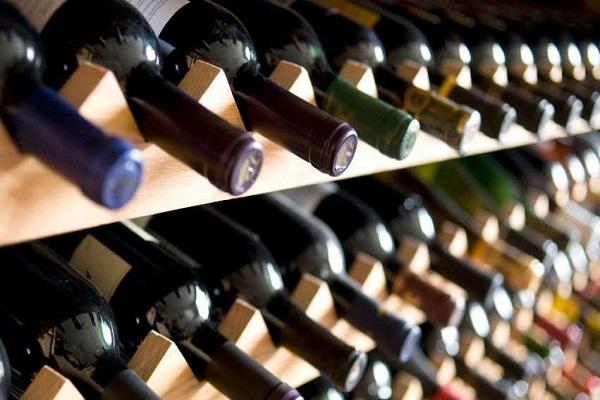
Container for storing drinks
The optimal container is alcohol bottles made of dark glass. They:
- protect from light;
- ensure the safety of taste and useful qualities;
- suitable for decoration, creating beautiful wine "honeycomb" indoors.
Wine should be poured into clean and dry bottles. The container filled with alcohol is hermetically closed, placed for 20 minutes in a container with water heated to +60 ° C. Then they are taken to a place of permanent storage.
Store wine in plastic containers from a supermarket is unacceptable. Plastic is not an obstacle to oxygen. Inside the container, active oxidative processes that destroy the product begin, the wine ferments, quickly becomes unsuitable for tasting.

It is permissible to keep homemade wine in glass jars, in which preservation is usually done. But in this case, it is necessary to roll the wine not with iron lids, but with glass ones, sealed with a silicone rim. In such a container, alcohol remains usable for 4-7 months.
Temperature
The optimum storage temperature is 12-13 ° C.Moreover, it is undesirable for the room to experience sharp temperature fluctuations exceeding 1.45 ° C. Average annual temperature changes within 3-5 ° C are acceptable.
It is unacceptable to store wine at a high temperature, as it accelerates oxidative processes, as a result, the product ages faster. When the temperature exceeds the norm by 8 ° C, aging accelerates 2 times, but alcohol does not become of higher quality. At a high temperature, oxidation reactions proceed too quickly, and substances that improve the taste of the drink do not have time to be synthesized.
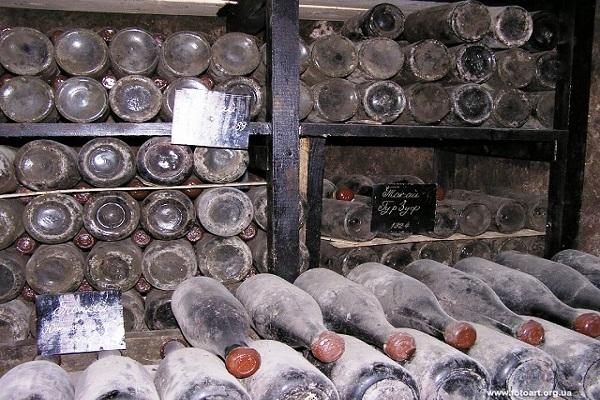
At temperatures above + 25 ° C, the wine actually brews slowly. The result is a cloudy drink with the taste of melted sugar and dried fruit compote. At temperatures below +10 ° C, the wine does not age, the taste does not improve. And even during low-temperature storage, the probability of the transition of tartaric acid to a solid form increases. Crystals appear in the drink, which can scratch the mucous membranes of the mouth during tasting.
Relative humidity
This indicator is important if the bottle is closed with a porous cork. The relative humidity in the storage area should be 50-60%. In a dry room, the cork dries out and cracks, and at a humidity of more than 80% it becomes moldy.
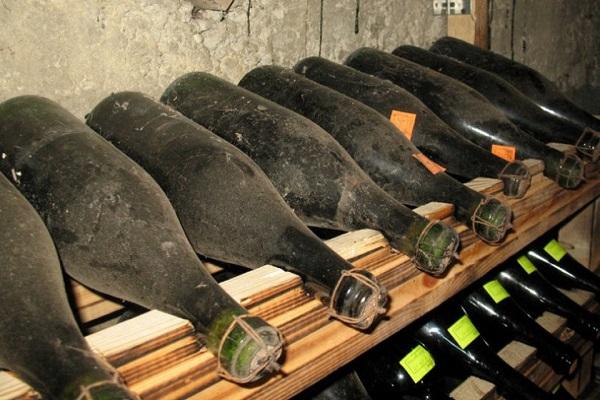
Ultraviolet radiation
Ultraviolet light negatively affects the taste of the product. There is a taste of rotten wool, burnt rubber, or rotten eggs.
White and sparkling spirits are most susceptible to direct sunlight. Red wine resists ultraviolet light longer, as it contains tannins, but after a while it still deteriorates.
The storage area must be equipped with incandescent lamps or LEDs. Fluorescent lighting is unacceptable, it emits ultraviolet light.
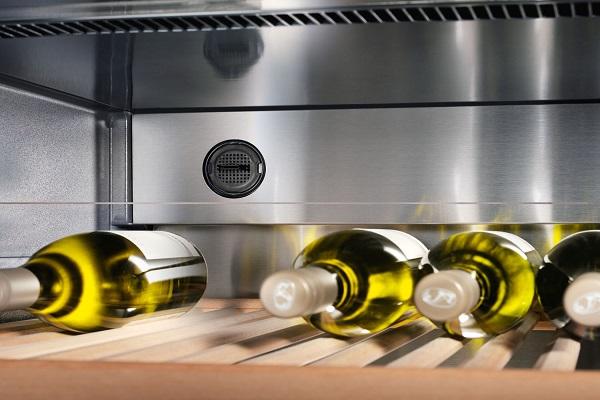
Arrangement of bottles
Wine bottles should lie horizontally. So the wine washes the cork constantly, preventing it from drying out.
If the wine is planned to be consumed in a short time, then vertical storage is also permissible. Bottles with non-porous stoppers can be stored in any position.
Vibrations
Wine does not age well if it is subjected to constant vibration. This effect does not affect the taste, but vibration does not allow the sediment to settle. The slurry floats in the drink rather than sticking to the walls and bottom. As a result, the wine becomes cloudy, opaque.

How long can a bottle of wine be kept?
There is no definite answer. The shelf life is determined by a number of factors:
- pH level - the lower the acidity, the longer the wine is stored;
- concentration of phenols - the more there are, the longer the shelf life;
- a complex of non-volatile compounds in the composition - sugar, acid, phenols.
Alcohol from dark grape varieties is stored for 3-9 years, light - 2.5-3.3 years. A fortified sweet drink has a higher safety than dry and semi-sweet drinks.
Young wine sent for storage must be checked every six months for a change in taste in order to correct the conditions in the room if necessary.

Can I refrigerate?
Wine is kept in the refrigerator only after the bottle has been depressurized. You need to use it in a short time.
Closed bottles should not be stored on refrigerator shelves. Low temperature and periodic vibrations of household appliances negatively affect the quality of the product. Wine can also absorb food odors.
Features of home wine storage
The main task is to control the temperature and humidity in the room.
Some owners include wine racks in their kitchen design. This decor looks beautiful, the bottles lie horizontally, direct sunlight does not hit the bottle glass. However, kitchen shelves are not the best option for storing alcohol.The kitchen is the warmest room in the home, where a gas stove and an oven are turned on every day, and the temperature here does not correspond to the parameters required for wine.
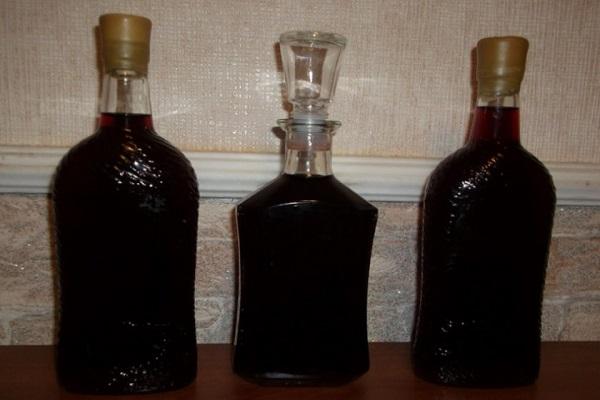
In the cellar
The best option for placing bottles after wine fermentation is a cellar. The parameters of humidity and temperature are practically stable here and are optimal for the stored alcohol. It is advisable to equip the room specifically for wine bottles: clean, install suitable lighting sources, equip comfortable racks.
If the cellar is partially submerged in the ground, then it is advisable to place a rack near the underground part of the wall. But if the air humidity in the room exceeds 80%, then you should not keep the grape drink close to the floor.

In the apartment
The best option is to purchase a wine cabinet with a dark glass door, climate control and vibration protection. Small, inexpensive cabinets store one variety of wine at a set temperature. And in large, expensive cabinets, you can set different temperature regimes in order to store several types of alcohol.
You can also install a UV-protected mini-bar in your kitchen. In fact, it is a smaller analogue of a wine cabinet.
Homemade wine is usually kept in oak barrels. But many winemakers prefer to use dark glass bottles with porous corks. The bottles are filled completely so that no air remains between the liquid and the cork.
The storage duration is determined by the type of home product:
- apple, plum and other fruit wine costs 3 years;
- mountain ash and other types of berry - 5 years;
- grape - 4 years.
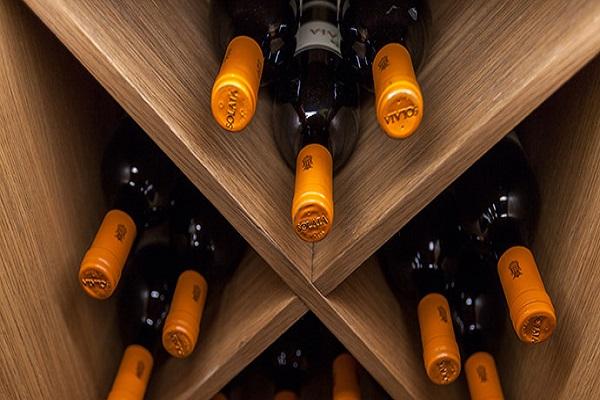
Storing wine after opening the container
The storage duration of open alcohol is determined by its type:
- red wine is usable for no longer than 5 days;
- white and pink - 3 days;
- sparkling must be consumed during the day;
- fortified is stored longer than others - up to a week.
The reason for the short shelf life after opening the bottle is the incipient oxidation reaction, which continues even after the cork is returned to its place.
But after the expiration date, your favorite wine should not be thrown away immediately. It can be used to prepare delicious hot meals.

